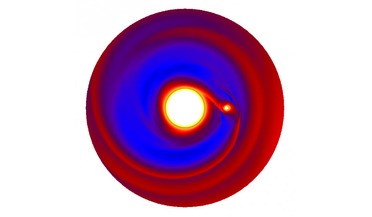 28 October 2016
Temperature is the key to showing how gas giants form say researchers
28 October 2016
Temperature is the key to showing how gas giants form say researchers
... that one particular feature could be used to distinguish between the two theories - temperature. For the case of core accretion, the circumplanetary disk was heated to several hundreds of Kelvins whereas for the disk instability scenario, the...
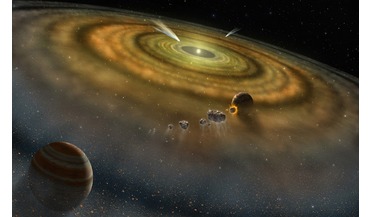 27 August 2018
Meteorites give clues as to how Jupiter was built
27 August 2018
Meteorites give clues as to how Jupiter was built
... to reach 20 Earth masses within one million years. This rapid accretion made up the major part of Jupiter’s core mass. Although it might seem impossible to build up a core of this size by sticking together billions upon billions of small pebble...
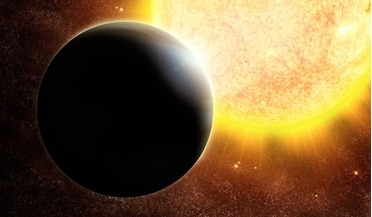 February 2016
How to Build Planets
February 2016
How to Build Planets
... they are not lost to the disc through rapid migration,” explains Gonzalez. Accordingly, the long-standing core accretion timescale conflict is overcome in these simulations. An artist’s impression showing how the planet inside the disc of Beta...
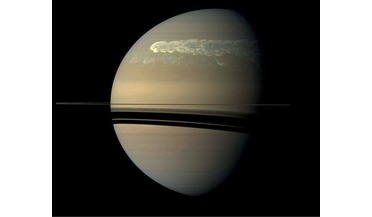 16 August 2021
Saturn's rings help reveal the planet has a "fuzzy" core
16 August 2021
Saturn's rings help reveal the planet has a "fuzzy" core
... Saturn stands in contrast with the more centrally condensed heavy-element distributions predicted by classic core-accretion models”, the authors write in their paper published in Nature Astronomy. This gradual distribution of heavy metals in Saturn...
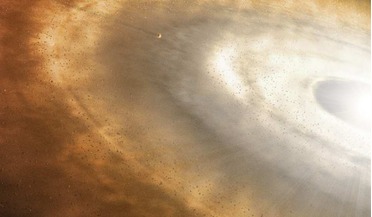 27 June 2016
Protoplanetary disc shares similarities with our own Solar System say researchers
27 June 2016
Protoplanetary disc shares similarities with our own Solar System say researchers
...that in turn decreases the time scale for giant planet core accretion. DIGIT stands for Dust, Ice, and Gas In Time... Another possibility is the crystallisation of ice through extreme accretion events freeing enough energy to heat up and crystallise the...
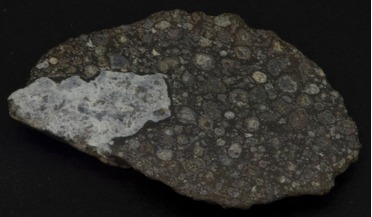 19 September 2016
New research challenges ideas on how the Earth was made
19 September 2016
New research challenges ideas on how the Earth was made
... widely accepted that after the Earth formed via a process known as core accretion (whereby proto-planetary bodies grow to massive sizes through the accretion of material from the proto-planetary disc), it underwent a process known as differentiation...